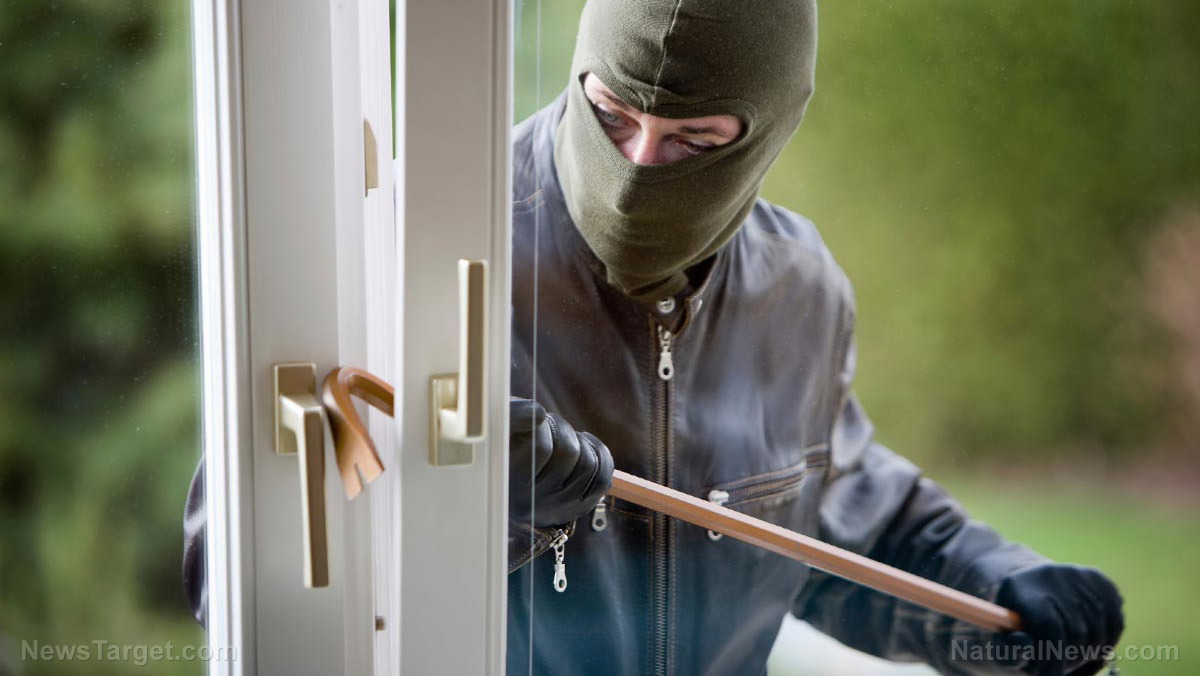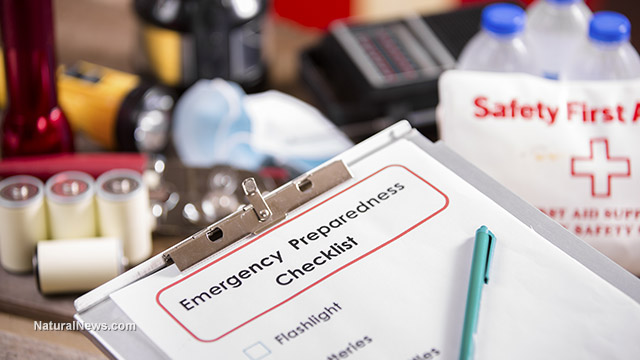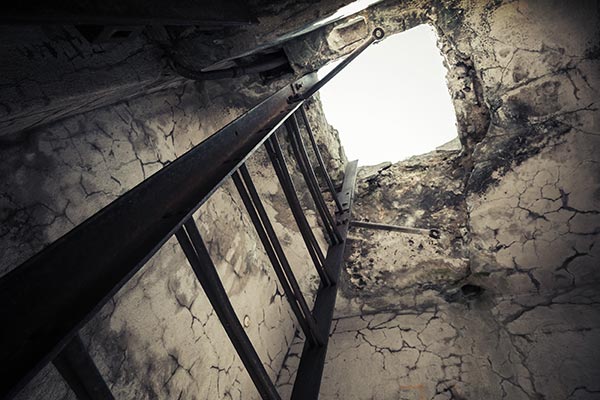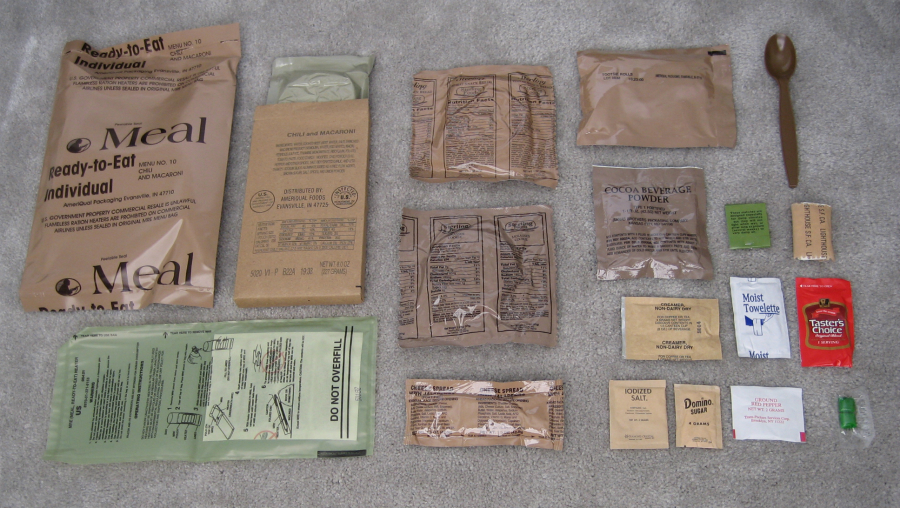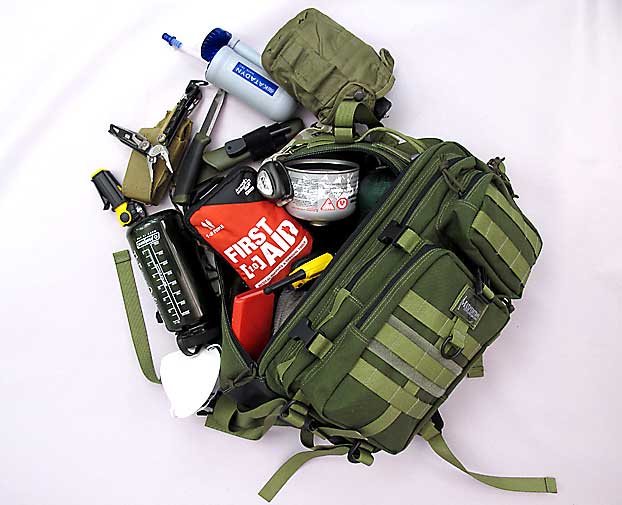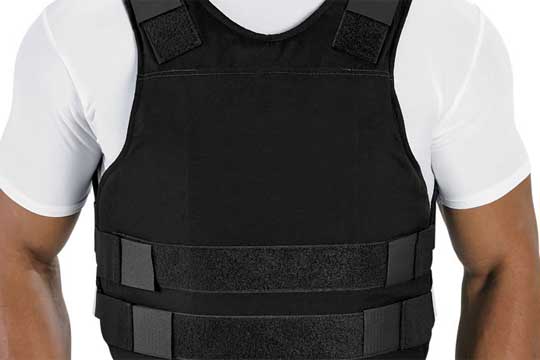SHTF Comms: 10 Strategies for communication security when disaster strikes
12/08/2021 / By Divina Ramirez
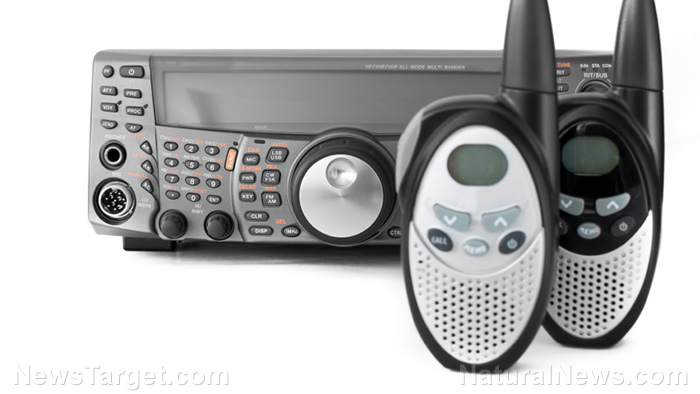
Having the means to communicate is crucial in a survival scenario. You need to know what’s happening around you so that you can plan properly and protect your family or your group from danger. Having the means to communicate also allows you to coordinate with other preppers for food, water and other essentials.
For these reasons, most preppers include ham radios and walkie-talkies in their bugout bags (BOBs). However, using these devices can bring an enemy to your doorstep. Anyone, be it looters or state forces, could easily locate you by homing in on your signal. They may also use what you say through radios against you.
That said, there are various strategies you can implement to improve your communication security. (h/t to PreppersWill.com)
1. Keep radio silence
Barring life-threatening emergencies, you should only really use your radio for listening. An eavesdropper can’t hear you if you don’t say anything. Plus, you can use other means of communication to relay messages to members of your group, such as string telephones, sign language, Morse code and smoke signals.
Keeping radio silence also makes your radio last longer as listening uses far less power than transmitting.
2. Listen in
Don’t be idle. Listen aggressively, sweeping the many channels available to you. Someone nearby may be transmitting as well, and it would help to know whether they are friendly or hostile.
You may even be able to locate the source of the transmission if you have two more radios.
3. Learn direction-finding techniques
Direction finding, also known as radio direction finding, uses the reception of radio waves to identify the direction of the source of a radio signal. This allows you to easily locate both hostile parties and survivors when SHTF.
4. Make a directional antenna
One of the things you can use for direction finding is a directional antenna, a type of antenna that can send and receive signals in one direction only, usually in a tightly focused, narrow beam. A directional antenna does a great job at providing clear, uninterrupted signals even if there are physical obstructions between both ends.
In a pinch, you can make either a V-beam antenna or a dish antenna. The V-beam antenna is made with two feet of copper wire and receives best when the open end of the V points toward the transmitter. A dish antenna, on the other hand, is an antenna jack with a wire leading into a metal bowl through a threaded tube.
5. Keep transmissions short
If you must transmit, keep your messages short. The longer you stay on the air, the more time you give possibly hostile listeners to find you. Keeping your messages short over the radio actually isn’t that hard to do, as matters that require the use of a radio are typically brief.
If your message requires an extended discussion, it’s better to relay it in person.
6. Transmit away from your home base
When transmitting, do so away from your home base or you’d practically be inviting listeners to drop by. Transmitting a few hundred yards away from your actual location affords you some degree of protection in case someone is listening in on your transmission.
7. Use a weak signal
Use the least signal strength possible to transmit. In ordinary times, a radio with a strong signal strength would give you maximum reach and allow you to overpower any interference.
But in an SHTF situation where you don’t know who may be listening, using high power would be unwise. Note that even cheap walkie-talkies have telescoping antennas that you can adjust to manipulate signal strength. Avoid extending those radio antennas any farther than is necessary to keep your transmission discreet.
8. Talk in code
When transmitting, do not give away any information about yourself, your location and your plans. Create your own code and communicate using that so you can conceal vital information. Using code also allows you to reduce your time on the air since you don’t have to explain yourself any more than is necessary.
Keep your codes short and simple, and make sure everyone in your group has them memorized. (Related: Prepper essentials: SHTF emergency communication plans for your family.)
9. Get everyone on board
Discuss the need for communication security with your group or family. Talk about why using a radio even when it’s not necessary to do so can put everyone in danger.
10. Test your equipment
Routinely test your radios, walkie-talkies and directional antenna in a secure location away from your base. You wouldn’t want to have faulty equipment when you need it most.
Visit Preparedness.news for more articles with communication security tips.
Sources include:
Tagged Under: bug out, communication, disaster, emergency communication, Gear, off grid, preparedness, prepper, prepping, security, self-defense, SHTF, survival, survival gear, tips
Get independent news alerts on natural cures, food lab tests, cannabis medicine, science, robotics, drones, privacy and more from NewsTarget.com
Get independent news alerts on natural cures, food lab tests, cannabis medicine, science, robotics, drones, privacy and more from NewsTarget.com
RECENT NEWS & ARTICLES
COPYRIGHT © 2017 · SURVIVAL NEWS



